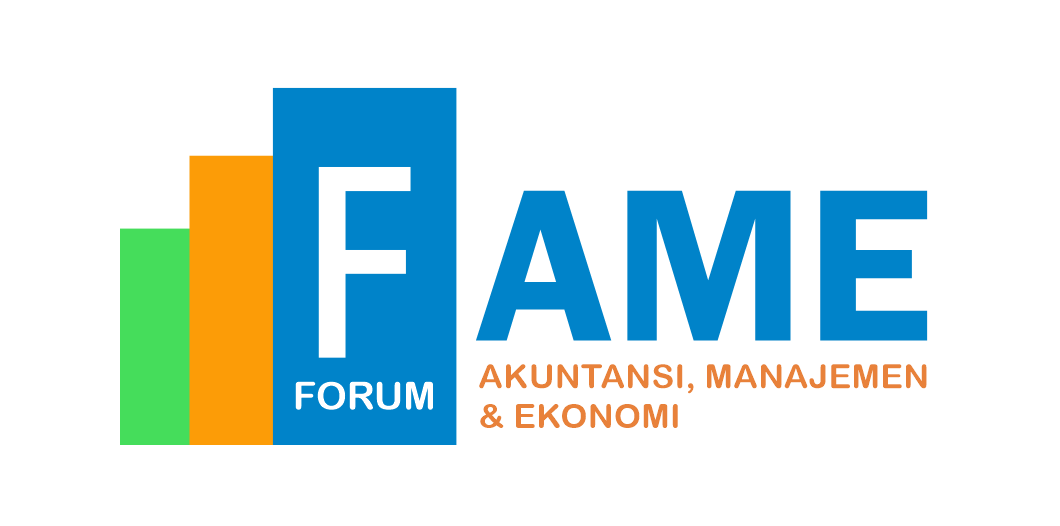SINTA 3 | Jurnal Akuntansi, Keuangan, dan Manajemen (Jakman) is a peer-reviewed journal in the fields of Accounting, Finance and Management. Jakman publishes relevant manuscripts reviewed by some qualified editors. This journal is expected to be a significant platform for researchers in Indonesia to contribute to the theoretical and practical development in all aspects of Accounting, Finance and Management.
Articles
Profitability, Liquidity, Board Size, and Gender Diversity: Their Impact on Financial Distress
The Restaurant Tax Paradox: Bridging Effectiveness and Contribution to Regional Revenue (PAD) in Eastern Indonesia
Audit Tenure, Audit Committee, Audit Fee, Audit Delay: Effect on Audit Quality
Work–Family Interface as Mediator Between HRM Practices and OCB
An Examination of the Influence of Blue Economy Digital Technology on the Economic Advancement of Fishermen in Batam
Antecedents of Mobile JKN Satisfaction and Continuance in Surabaya
Satisfaction: As a Mediation of Content Marketing, WOM, and Price Perception on Trust
Excel-Based Financial Reporting for Grocery Stores in Rajabasa
Analysis of the Financial Performance of the Ogan Komering Ulu Regency Government for the 2018–2022 Period
TAM to Measure Electric Motorcycle Adoption Interest in West Kalimantan
The Effect of Risk Management, Intellectual Capital Disclosure, and Leverage on Firm Value
Local Economic Development Strategy through MSMEs Empowerment: Case Study in Drenges Village
The Role of Cost Structure in Decision Making: A Systematic Literature Review
The Influence of Green Accounting, Environmental Performance, and Firm Size on Firm Value
Health Assessment of a Multi-Stakeholder Creative Economy Cooperative using SAK-EP
The Power of Sustainable Green Strategy on Companys Financial Performance
Coffee Bean Inventory Analysis Using EOQ Method at Lujo Coffee
Maintenance of Meat Grinding Machines at CV. Solo Indah in Palu City
Determinan Purchase Intention Throught Brand Trust A Moderate Variabel Islamic Bussiness Ethic
Corporate Governance and Sustainability Reporting: Implications for Firm Performance
Nurses Perspectives Causes And Management Strategies To Prevent Medication Errors: Qualitative Study
The Influence of Social Media Influencers on Purchase Intentions for Halal Cosmetic Products in Batam
Determining Firm Value: Profitability, Leverage, and Ownership in LQ45 (2020–2024)
A QSPM Strategy to Control Inventory Turnover in Aerospace Industry
Dividends, Investment Opportunities, and Company Performance: The Moderating Role of Corporate Governance
Indexed by:
In collaboration with:



 Google Scholar
Google Scholar Garuda
Garuda Sinta
Sinta











